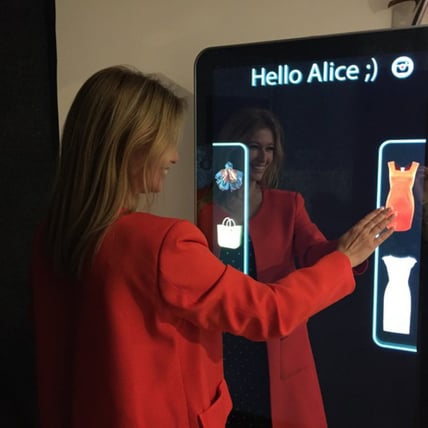When you speak about Business Intelligence (BI), dashboards, KPIs, one normally thinks of customers, cost effectiveness, sales – business, ultimately.
When you speak about Business Intelligence (BI), dashboards, KPIs, one normally thinks of customers, cost effectiveness, sales - business, ultimately. However, there's another mode of application that we simply must not ignore: the public sector. In this case, the vocabulary changes: citizens, productivity, better services.
And for both public and private sectors there are overlapping components: the optimization of processes, reduction of costs, and prediction of necessities.
Just as much in one case as the other, every day more and more data becomes available to us, and based on that data, we must be capable of anticipating what the population really needs.
The important thing is correlating: the demands of the people, the current state of the public services, public trends, economic activity, mobility, etc.
We've done a lot of public sector projects applying our profound knowledge of Business Intelligence, Big Data, data integration, and Machine Learning. And we have really interesting examples to share like what we developed for the city of Berlin, which based on predictive analysis, allowed us to provide them with dashboards to predict the needs of schools, combining data from a huge amount of different sources: urban planning public data, geographical area, population densities, demarcations, population pyramids based on the updated census, enrolled students, current and planned schools, and even estimates of population growth up to the year 2025. With our dashboards, those responsible for education can not only respond to possible demands of educational needs by neighborhoods, but to better allocate resources for the provision of greater resources to current centers or construction of new ones.
Another no less relevant example of our projects is that which we developed for the City Hall of Barcelona, aimed at preventing fatal traffic accidents. Intuitively placing cameras and police checkpoints around the city has long stopped making sense, it is now necessary to start analyzing the huge data sets we have available on the matter to find explanations as to the cause of accidents, keeping in mind the vast and varying range of variables that come into play: the type of vehicle, dates and times, damages caused (deaths and severity of injuries), if there were pedestrians involved, etc. In fact, the European Union has an objective of reducing the number of fatal road accidents by 50% in 2020 compared to numbers from ten years prior.

Thanks to predictive analysis, we've gifted those in charge of traffic control measures with a tool that will let them know how many accidents, in which geographic points, are going to happen, and even prescribe them solutions to reduce this fatal statistic.
One particularly curious example of this is the project we created for the city of Chicago about predicting and reducing crime in the city, based on finding out when and where there's a greater possibility of crime happening. Remarkable results begin to appear when you cross the data of sporting events, festivals, weather, and holidays (for both adults and schoolchildren) with historical public data of the police.
In the end everything boils down to freeing the silos of information, both structured and unstructured, and with everything make combinations that will allow us to make educated predictions based on algorithms and advanced mathematical models.
And what about the Internet of Things? With Artificial Intelligence we can create virtual assistants (bots) that can help tourists in a city find the best activities suited for their interests and economic situations, feeding off information collected from sensors spread across the city and suggestions given to municipal websites, social media channels, and even from call centres. If the interested party allows it in the interaction, we are able to quickly identify the person, crossing data of his own facial expressions, public details of the census, social networks and their interactivity online. We can thus identify their tastes and therefore make better recommendations.
We have many more examples to share, and it is exciting that all of this can be achieved with the intelligent use of data from public services and to optimize spending and investments in social services, medical services, etc.
We at Bismart believe in the power of data and we love new challenges. Would you like to share your challenges and ideas with us to find the best solution possible for you, together?[mk_button size="medium" url="http://www.bismart.com/es/blog-novedades/" align="center"]BLOG[/mk_button]




